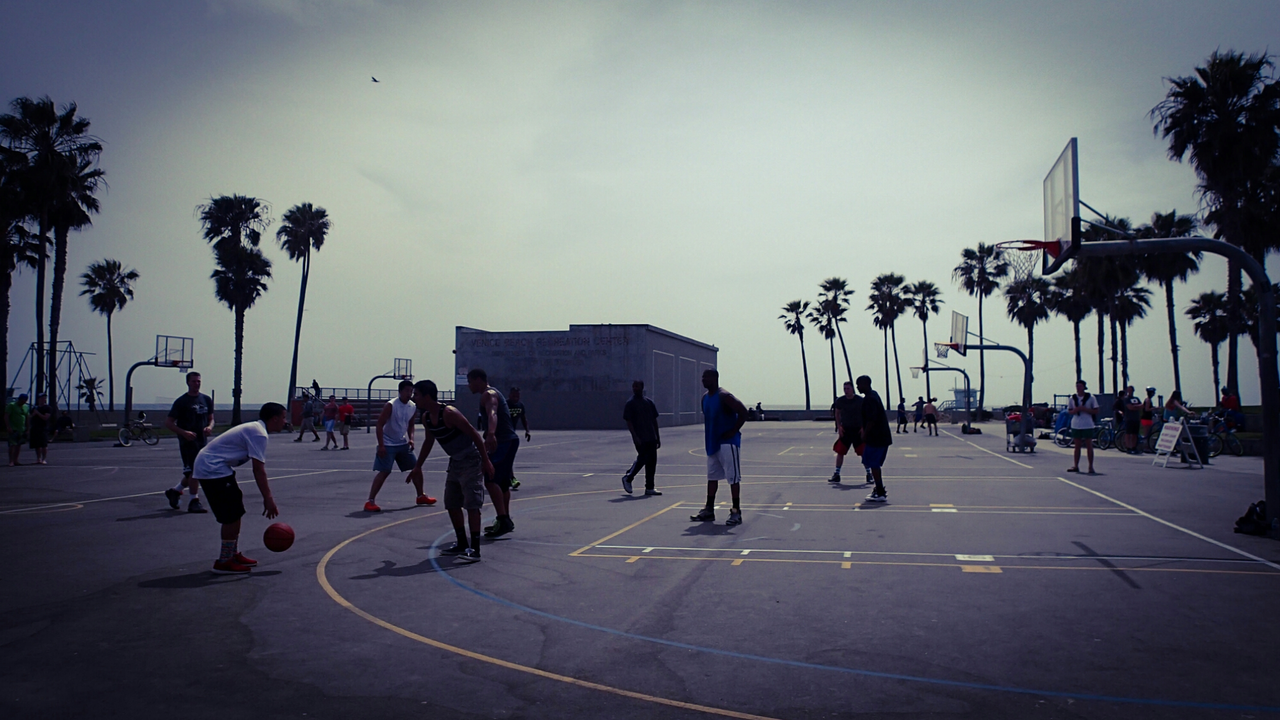Locations: Your Guide to Sports Venues, Stadiums, Cities and Events
When exploring locations, the specific places where sports happen, from stadiums to training grounds. Also known as venues, it serves as the stage for every match, practice, and fan gathering, you quickly realize they’re not just dots on a map. They tie together stadiums, large arenas built to host competitive matches and the cities, urban areas that house multiple sports locations that shape local culture. In short, locations are the glue that links teams, fans, and the buzz of live sport.
Why stadiums matter in the landscape of locations
Stadiums are the most visible subset of sports locations. Their capacity, field surface, and architectural history define the fan experience. A 60,000‑seat arena in a major city can host a championship final, while a modest 10,000‑seat ground might be the lifeblood of a community club. This variation creates a semantic triple: stadiums host events, and those events, in turn, boost the profile of the surrounding location. When a stadium upgrades its facilities, you often see a rise in ticket sales, higher media attention, and even urban development projects nearby. The relationship between a stadium and its location isn’t static; it evolves with team performance, sponsorship deals, and fan expectations.
Events are the third key entity intertwined with locations. Whether it’s a world cup match, a regional derby, or a charity run, events give purpose to a venue. They bring together local businesses, tourism boards, and broadcasters, creating a ripple effect that reaches far beyond the stadium walls. An event can transform a quiet suburb into a bustling hub for a weekend, proving that events influence locations by generating economic activity and social buzz. The type of event—seasonal league game, knockout tournament, or exhibition—dictates the logistical needs, security measures, and even the type of fan merchandise sold on site.
Cities provide the broader canvas for these interactions. A city that invests in multiple sports locations—stadiums, training complexes, and fan zones—creates a network that supports year‑round activity. This network encourages local talent development, attracts international fixtures, and enhances the city’s global brand. When a city hosts a marquee event, the surrounding locations benefit from improved infrastructure, better transport links, and increased hospitality options. In this way, cities contain locations, and the success of one often fuels the success of the other. Fans traveling from other regions experience the city’s character through its sports locations, turning a simple match into a cultural exchange.
Understanding how locations, stadiums, events, and cities interact helps you make sense of the sports news you read. Below you’ll find articles that dive into specific match previews, venue histories, and the impact of big tournaments on host cities. Whether you’re curious about a Championship clash at Hillsborough or the buzz around an Asia Cup showdown in Abu Dhabi, the collection offers a clear picture of why the place itself matters as much as the game being played. Let’s explore the stories that bring these locations to life.
